
Collaborating for conservation: species monitoring
Monday, 10 October 2016Experienced practitioners from diverse organisations came together to discuss threatened species monitoring at the workshop entitled ‘Enhancing Monitoring for Threatened Species to Improve Conservation Outcomes.’
Government, NGO, community group and university representatives presented case studies, the insights from which helped shape lively discussion around the decisions, processes and challenges of threatened species monitoring.
Participants unanimously agreed that monitoring is an essential part of threatened species recovery; however, they asked why threatened species monitoring is rarely carried out, and why, when it is carried out, is it rarely effective in terms of positively affecting conservation outcomes?
Discussion revolved around solutions to this problem, including the potential for new technologies (drones, thermal cameras) to aid with monitoring design, the value of citizen science, and the contribution of Indigenous groups to threatened species monitoring.
One of the insights from the workshop was the need to include people at all stages of monitoring design and application. Hub researcher, Natasha Robinson, from the Australian National University observed that “to improve threatened species conservation we need people to engage with and value threatened species monitoring.”
“Practitioners need to demonstrate the value of on-going monitoring through reporting on our successes (and failures), and to engage with a broad range of people – from community, to land managers, to Indigenous people, to funding bodies and government.
“Without support from these different groups, monitoring is at risk of not being integrated into decision making and on ground management, and therefore not contributing to positive conservation outcomes.”
On-ground threatened species conservation will be assisted by practical guidelines - under development as part of this project - that aim to enhance the effectiveness of threatened species monitoring. See more information.
Image: Long-term monitoring of threatened species comes with its challenges (image supplied by Natasha Robinson)
-

Long-term monitoring at Booderee National Park Reveals valuable insights for park management
Tuesday, 01 September 2020 -
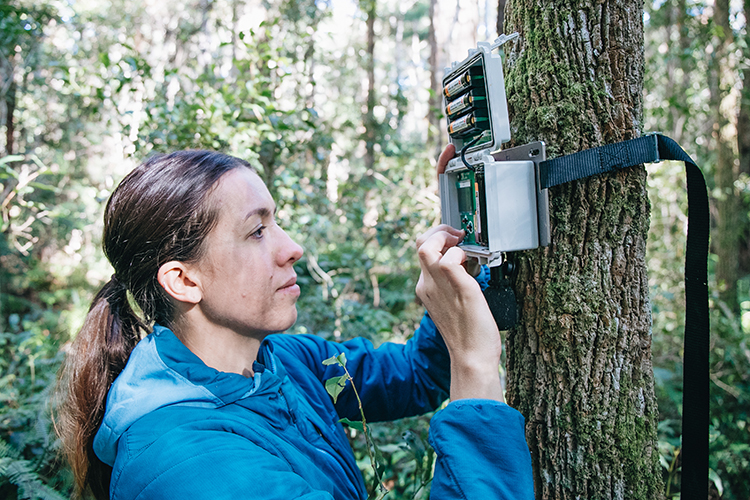
Better detection and monitoring vital for better conservation outcomes
Tuesday, 26 November 2019 -
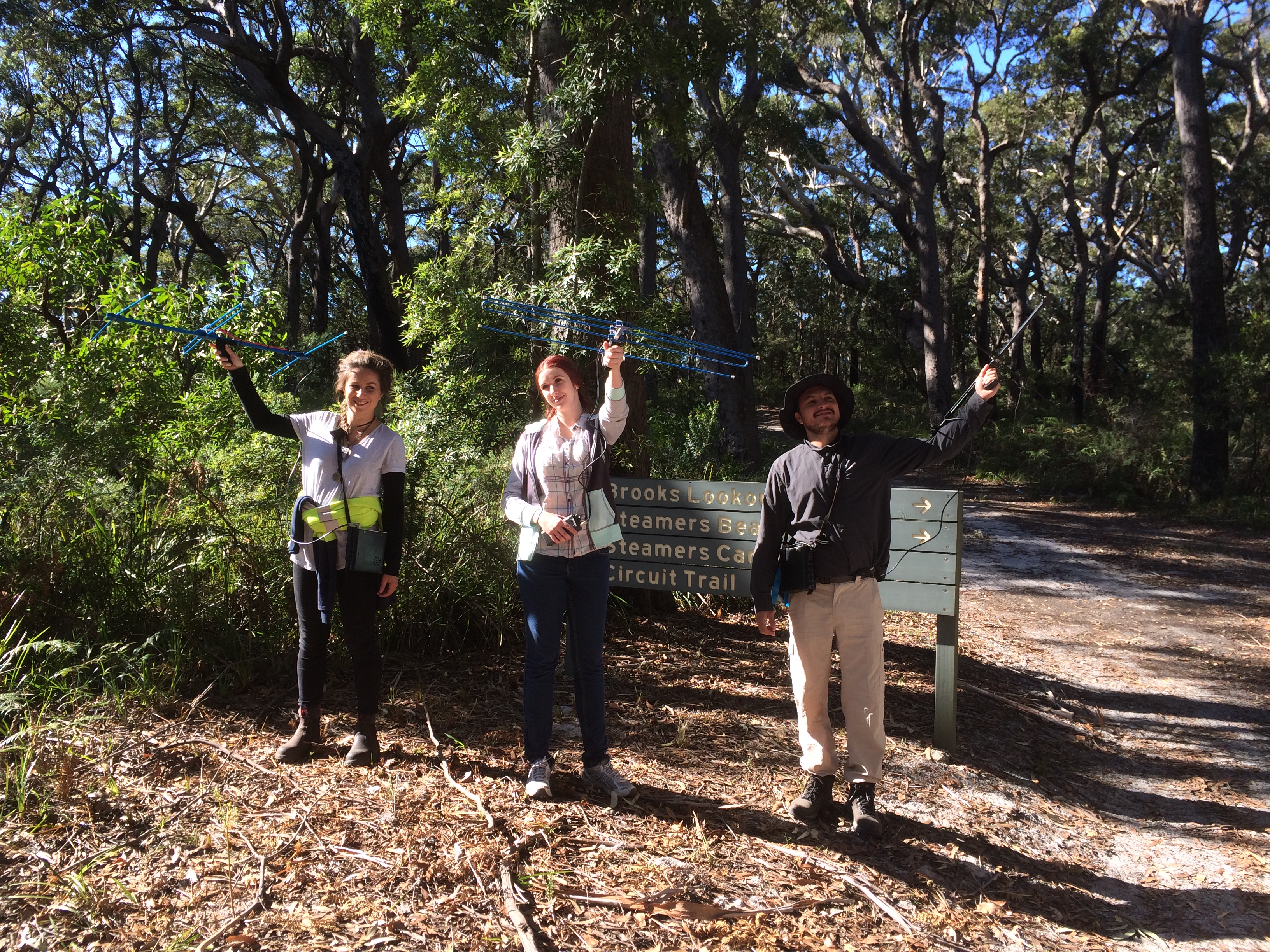
Call for survey participants for Threatened Species monitoring
Sunday, 16 October 2016 -
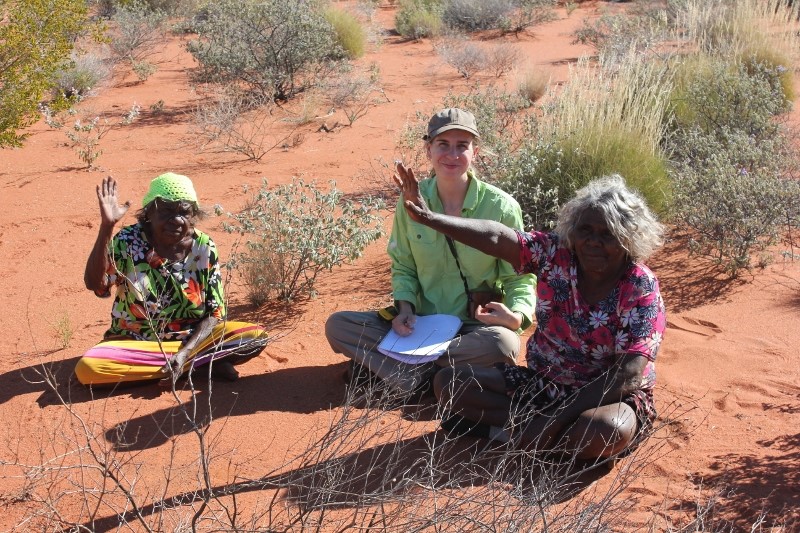
Designing a best-practice bilby monitoring program for Martu rangers
Thursday, 15 December 2016 -
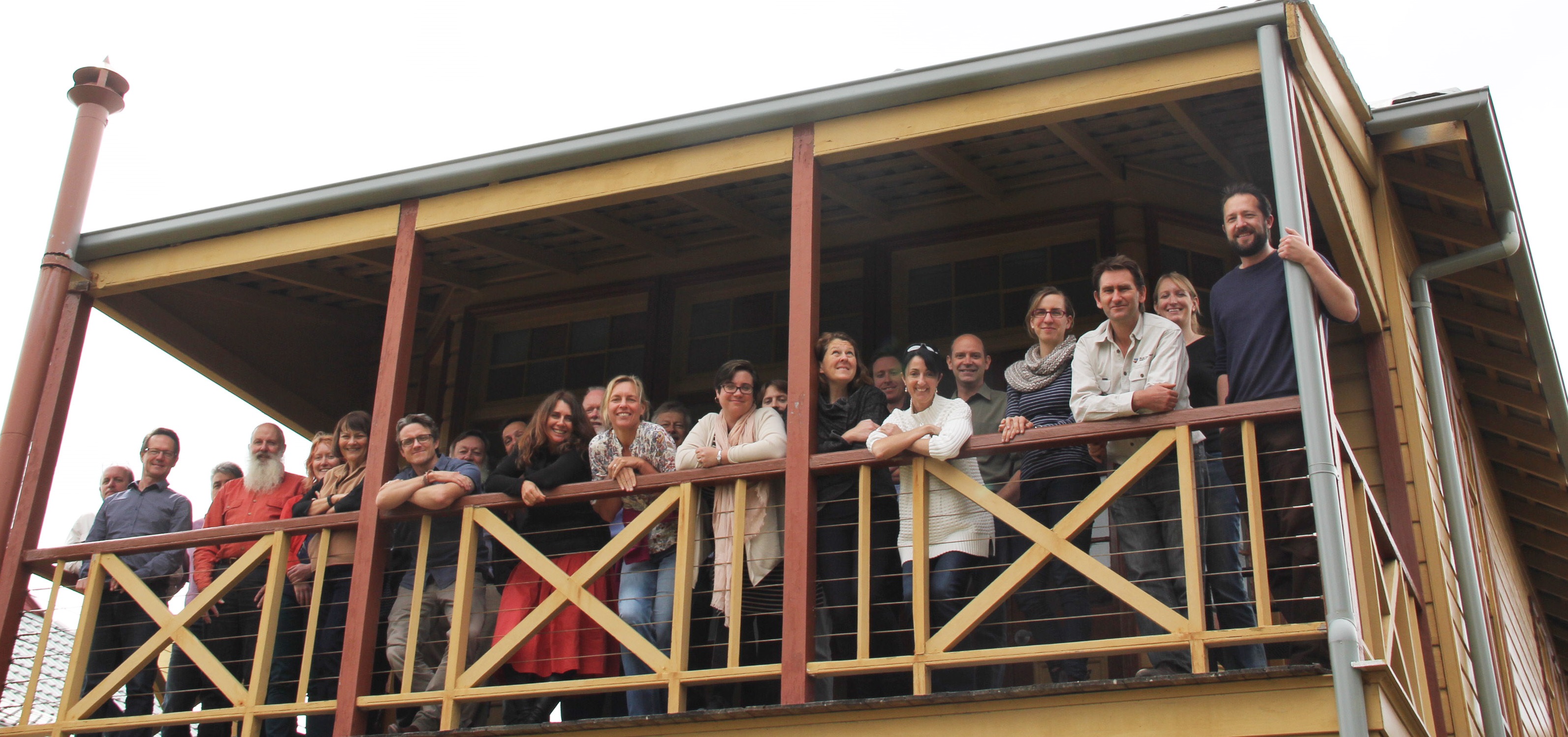
Making threatened-species monitoring count
Wednesday, 14 December 2016 -
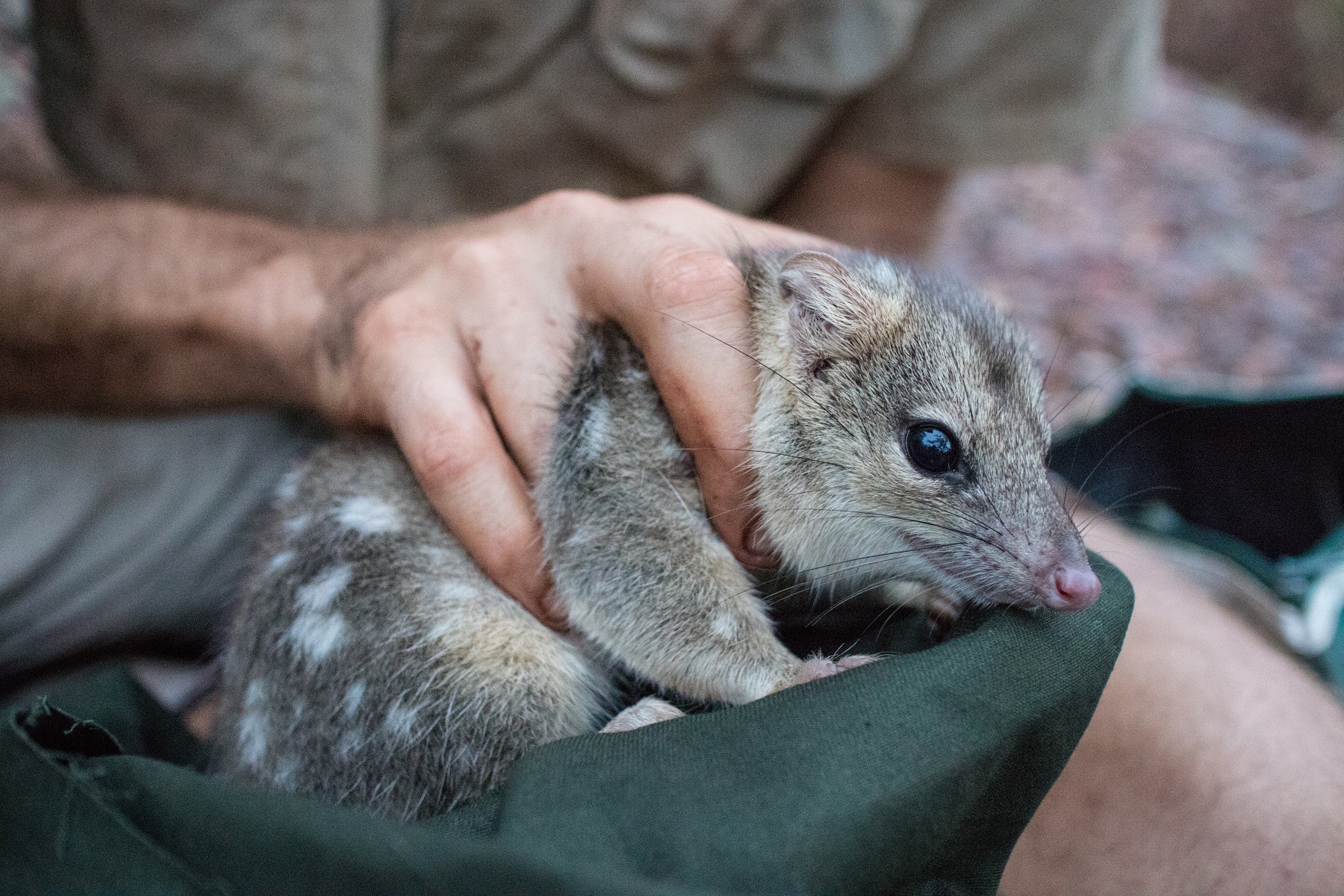
Monitoring for threatened species and ecological communities
Tuesday, 01 May 2018 -
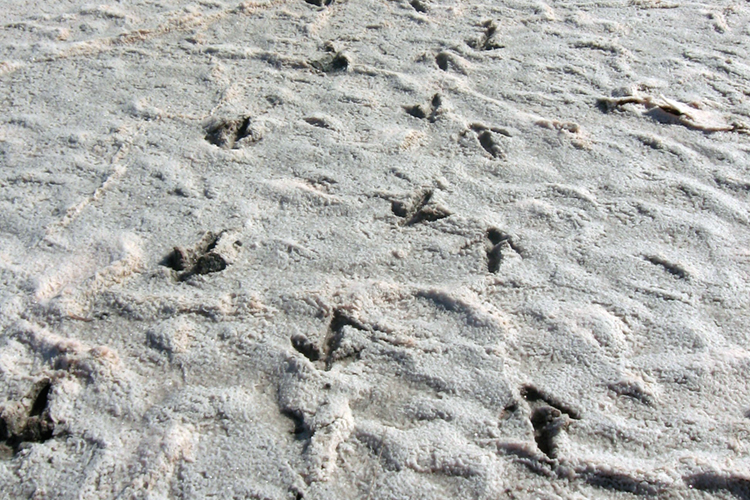
Reading the story written in Australia’s desert sands
Tuesday, 20 August 2019 -
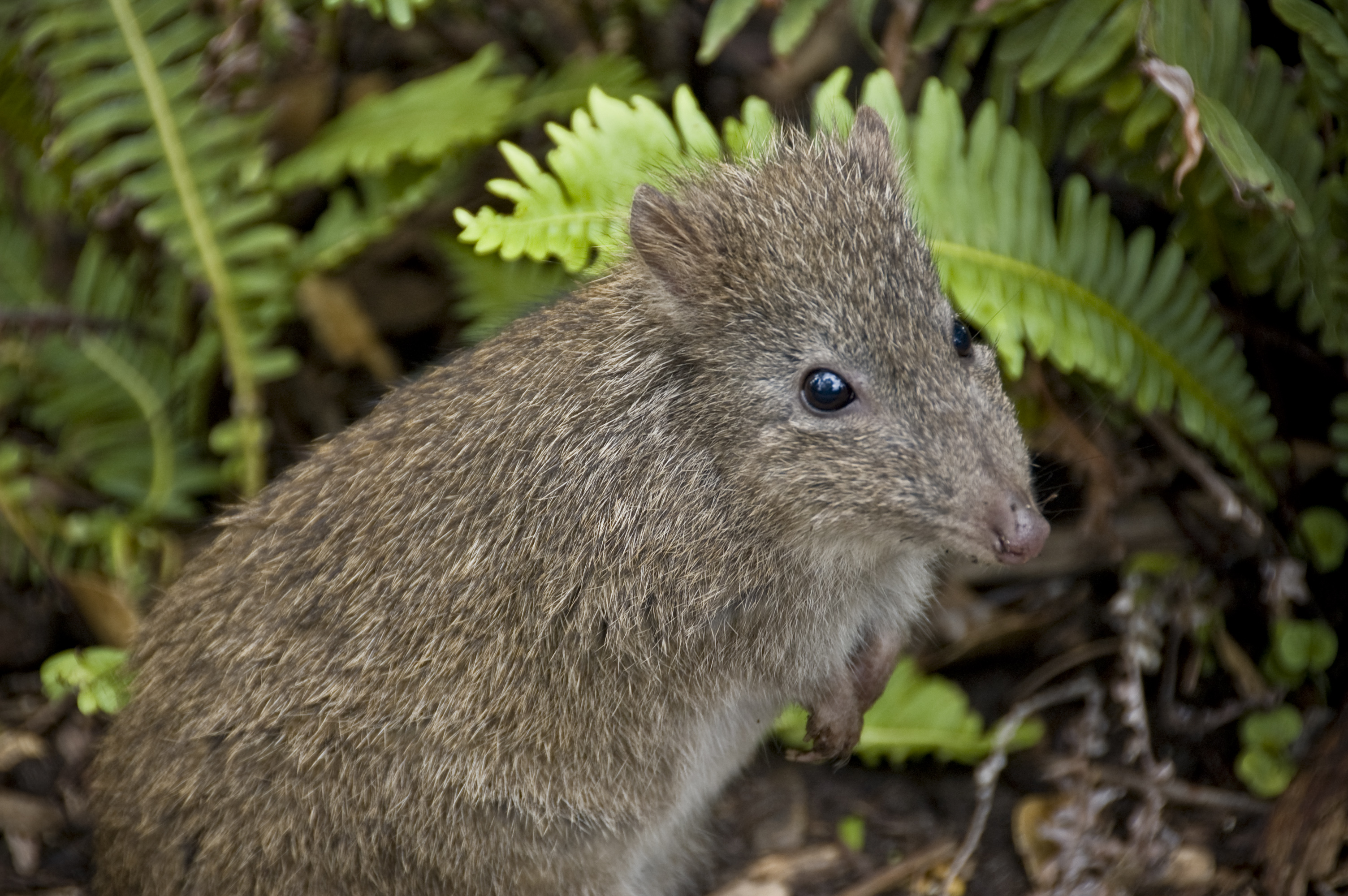
Keeping an eye and ear out for threatened species
Friday, 22 April 2016
